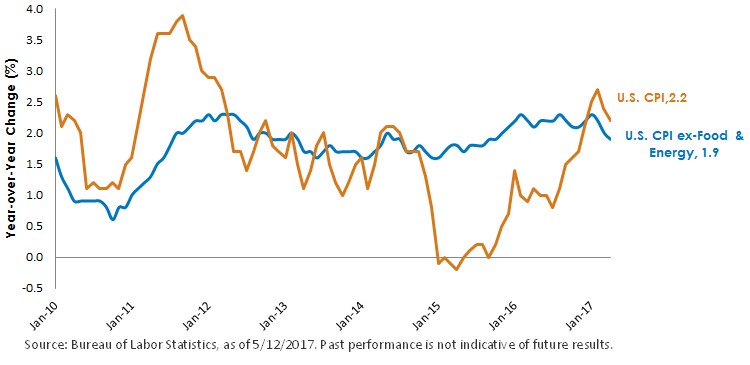 By Melissa Page
By Melissa Page
(Sponsored Content)
People looking to start their own businesses often find themselves unable to do so because of budget limitations. They are usually unwilling to shell out so much money for something that comes with a lot of risks, even if the type of business they’re planning is an online venture.
Fortunately, there are ways to start an online business with little to no external capital.
Here’s how:
1.) Validate Your Business Idea
Look into your original business idea thoroughly, and ask yourself some important questions: what consumer needs are you trying to address, and how will your new company answer that need? How do you foresee your company functioning? What tools will you need in order to run your business the way you want it to run?
All these questions should be answered by a detailed plan and thoroughly outlined strategies. Chances are, you’ll be able to find several holes in your initial business outline that will require you to rethink several steps and recalculate possible costs. Be as thorough as you can in order to avoid spending needlessly.
2.) Consider Drop Shipping
Not everyone who starts a business produces their own products. If you’re one of those who don’t want to make anything, then you may want to consider drop shipping.
How it works is: you order the products directly from the manufacturer on an as needed basis. In this case, it is whenever a customer goes to your site to order the said product. The difference between drop shipping and the standard retail model is that you don’t really keep any products on stock, but rather, orders the products to be delivered directly to the customer.
3.) Skip the Logo for now
Your logo is the visual representation of your company, and is as important as the quality of the products that you sell. However, creating a logo can be costly, especially if you’re hiring someone to do it for you professionally. You can very well skip it initially to cut costs. After all, people rarely remember a logo unless it’s from an already established brand. Once your business is up and running, you can have it done and include it in the marketing of your online shop.
4.) Use Free Tools
There are many free platforms online that can help you create an online shop. Most e-commerce platforms have all the tools you need to create and manage your website. There are also free tools you can use to further improve the look and feel of your site. There’s no need to spend cash on building your own website when you’re just starting out and testing the waters, rather, make use of free tools on the internet that can help you get started.
5.) Monitor Your Cash Flow
Not only will this help you keep track of all your expenses and profit, you can also pinpoint any unnecessary expenses that you can avoid in the future, thereby keeping your initial costs and capital down.
6.) Try Free Marketing Options
Marketing strategies vary for different businesses, and in a lot of cases, these can be costly. When you’re just starting out, you’ll want to employ every type of marketing strategy you can in order to get your products known. Fortunately, there are plenty of free marketing options that you can use. Utilizing social media is a great example, and can also bring amazingly quick results.
It’s not easy to start anything, let alone a business with little to no capital. It takes passion, and a great deal of hard work to start and maintain a successful online business.
 Melissa Page is a passionate writer and social media contributor who works with successful companies and brands. When she’s not writing, she plays bowling with her friends.
Melissa Page is a passionate writer and social media contributor who works with successful companies and brands. When she’s not writing, she plays bowling with her friends.








